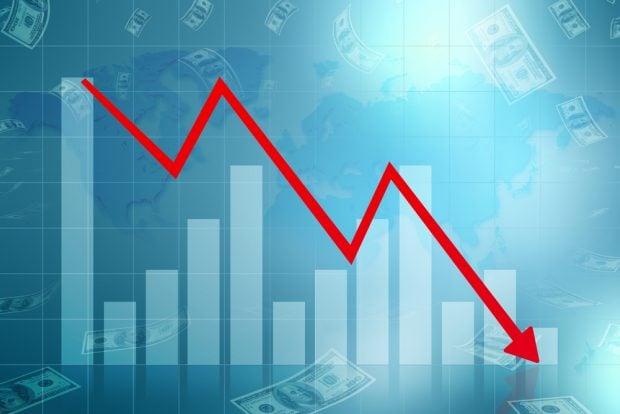WASHINGTON-Federal Reserve Board Governor Edward Gramlich spoke to the National Savings Coalition June 25 on the importance of saving and financial education, as well as the Fed's efforts in the matter. Personal savings across the country has dropped to the negatives in the first part of the 21st century. "We clearly have work to do to educate consumers about the actual costs of alternative ways to meet their cash management needs," Gramlich said. "We at the Fed are dedicated to promoting financial literacy and making it easier for people to be smart consumers." A Fed representative sits on the board of the Jump Start Coalition, which promotes financial literacy courses in schools. The Fed has also issued regulations intended to make it easier for consumers to price compare, he said. His speech focused mainly on how to get low- (up to $10,000 per year in income) and moderate-income ($10,000 to $25,000 income per year) families more involved in savings programs. "Saving can be difficult," Gramlich admitted, "but it is vital to the financial security and future of individuals and families. For low- and moderate-income households, it can be particularly difficult to set aside funds for the future. Households of modest means have barely enough money to meet their day-to-day needs, and may not have access to programs that subsidize saving, such as employer-provided pensions. They may also be relatively untutored in financial matters." Additional obstacles facing low-income persons are temporary periods of unemployment, when less money is paid into Social Security, and numerous job changes, which often prevents them from becoming eligible for retirement plans, like 401(k)s. Also, lower-wage earners are more likely to work for companies that do not provide employer-sponsored pension plans but eligibility is on the rise. With the booming stock market of the 1990s, many families were able to accumulate wealth. Approximately half of American households currently own stock either directly or indirectly through a mutual fund or retirement account. However, less than 25% of the moderate-income households and less than 10% of low-income households own stocks in any form, according to the Survey of Consumer Finances conducted by the Fed every three years since 1983. Low- and moderate-income household stock ownership is on the rise, the survey of 4,000 American households found. In fact, Gramlich said, stock ownership for these households has increased at a faster rate than higher-income households. "Ownership rates in 1998 were about two and a half times greater than they were in 1989, when virtually no low-income households held stock and only 13% of moderate-income households held stock," he explained. While Gramlich acknowledges that the tax benefits for low-and moderate-income families are not as large as the higher tax brackets, he partially blames the low participation rate on lack of awareness of IRAs and other retirement savings plans. "It is time to redouble our efforts to promote saving for retirement by low- and moderate-income households through tax-advantaged savings plans that are available to them, such as IRAs and 401(k)s," Gramlich urged. [email protected]
© Touchpoint Markets, All Rights Reserved. Request academic re-use from www.copyright.com. All other uses, submit a request to [email protected]. For more inforrmation visit Asset & Logo Licensing.






